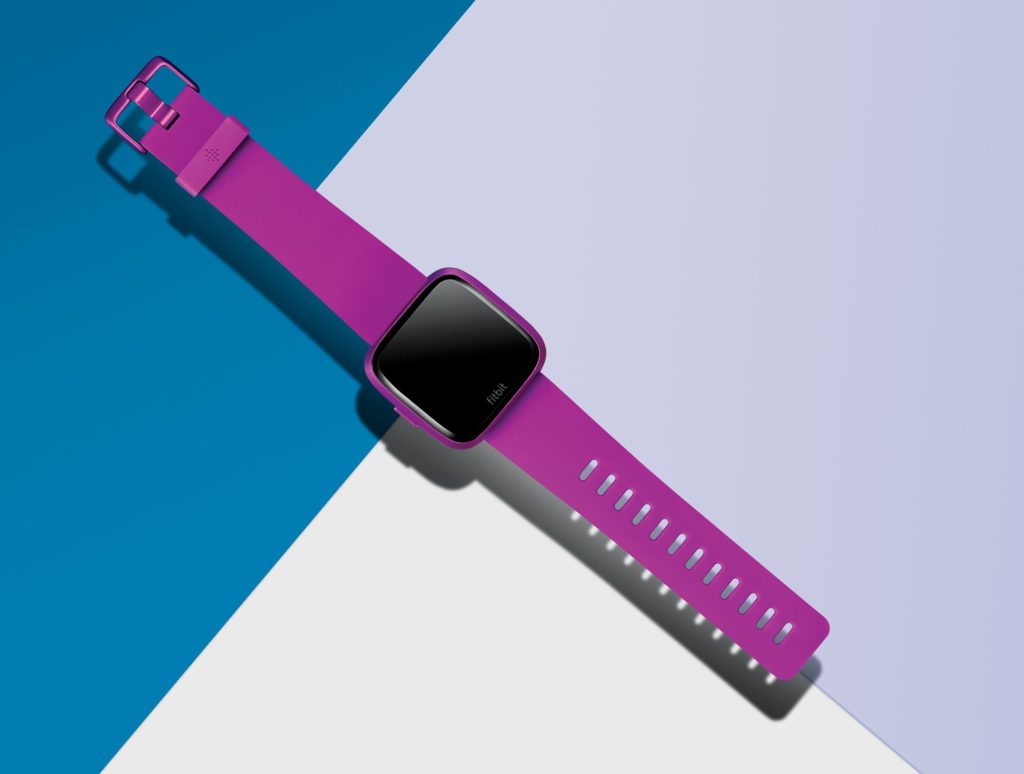Fitbit Versa Lite and Fitbit Inspire: Price, Specs, Release Date

At one time not long ago, Fitbit was the clear leader in digital fitness trackers. That title began slipping from its grasp, however, after the Apple Watch came into existence four years ago. Now Fitbit is second to Apple in smartwatches, and only the fourth largest shipper of wearables worldwide.
Fitbit’s plan? Make more-affordable wares to lure in new customers. The company’s new Versa Lite smartwatch, a simplified version of the $200 Fitbit Versa, was announced today with a price of just $160. The company’s new activity-tracking wristband, called the Inspire, will start at an affordable $70. And Fitbit has upgraded its kid-focused activity tracker, the Ace, while dropping the original selling price from $100 to $70.
Visually, the Versa Lite is extremely similar to last year’s popular Fitbit Versa. While the Lite has just one button instead of the Versa’s three, and comes in some new colors (blue, mulberry, lilac, and white), you could easily mistake it for last year’s smartwatch at a quick glance. The Versa Lite tracks steps, workouts, calories burned, heart rate, sleep stages—all of the things you’d expect from a Fitbit. The company claims it gets more than four days of battery life on a charge.
The $160 Versa Lite also cuts some corners. It doesn’t have onboard Wi-Fi or storage for music, nor does it have an NFC chip for payments, which the Versa Special Edition has. It also doesn’t record the floors you’ve climbed, and it won’t track your swim laps. Fitbit has a personalized coaching app called Fitbit Coach that provides onscreen workouts, but those onscreen sessions won’t run on the Versa Lite. It doesn’t have built-in GPS, but then again neither did the original Versa.
The new Inspire wristband, which starts at $70 and goes up to $100 for a model with heart-rate tracking, is an interesting evolution of its predecessor, the Fitbit Alta. It has a “real” touchscreen now. (The Alta, which started at $130, required you to firmly tap on it to cycle through your health metrics.) And both the Inspire and Inspire HR can be worn as a wristband or as a clip-on Fitbit. This means the Inspire and Inspire HR are effectively replacing three of Fitbit’s older products—the Zip, the Flex, and the Alta—which have been the most basic and affordable Fitbits for a few years now.
Watch This Space
Fitbit
There are compromises being made with the new products, to be sure. But Fitbit is wagering that new smartwatch buyers won’t miss some of those features in the Versa Lite and that the Inspire will appeal to people who may still find smartwatches too inaccessible. “When we designed the Lite edition, we wanted to go after consumers who we felt had been left out of the smartwatch market,” said Melanie Chase, Fitbit’s vice president of marketing, in a briefing with press on Tuesday. This means users who are “price conscious, youthful, casual, and fun,” she added.
“Youthful” does seem to be part of Fitbit’s strategy of hitting the mass market, as opposed to something like, say, the much pricier Apple Watch Series 4, a $400 wrist computer that runs an FDA-cleared app for tracking heart rate anomalies in adults. Fitbit’s updated Ace 2 wristband for kids is more evidence of that push toward simpler, cheaper, and more accessible devices.
Fitbit’s approach goes beyond hardware, as well. In its press briefing yesterday, it touted the billions of data points it has gathered over the past several years, from steps and sleep to, more recently, menstrual cycles. Amy McDonough, chief operating officer of Fitbit’s health solutions group, talked about the company’s partnership with Solera Health, which works with employers to match people with diabetes prevention programs. Fitbit said it would issue Inspire and Inspire HR wristbands to try to reduce the risk of type 2 diabetes. The company is also planning a redesign of its mobile app this year, and it’s launching a beta program that will give people rewards—streaming music subscriptions, sneakers through Adidas, Blue Apron discounts—if they hit their workout goals.
So Fitbit has made clear that it wants to make more money off software, whether that’s by convincing people to pay a small subscription fee for its video coaching app or by striking deals with health care providers. But currently, that’s not a very significant part of its business, says IDC senior research analyst Jitesh Ubrani, who follows wearables closely. “They’re trying to ramp up services like most tech companies, but if you look at the Fitbit’s earnings, services are still a very small portion of their revenue.” Which means that, in the short term, Fitbit needs to keep up in hardware sales. After all, if you don’t wear the wearable, there’s nothing slurping up your data.
Still, Ubrani sees Fitbit’s new, less expensive wares as part of a successful strategy. “Something like Versa Lite is a good move on Fitbit’s part, because as smartwatch prices have headed downward, they’ve been able to capitalize on that trend,” he says.
Updated noon PST, March 6: The original version of this article misidentified the Fitbit executive who spoke about the Solera Health partnership. It was Amy McDonough who said this, and we’ve corrected the error.




